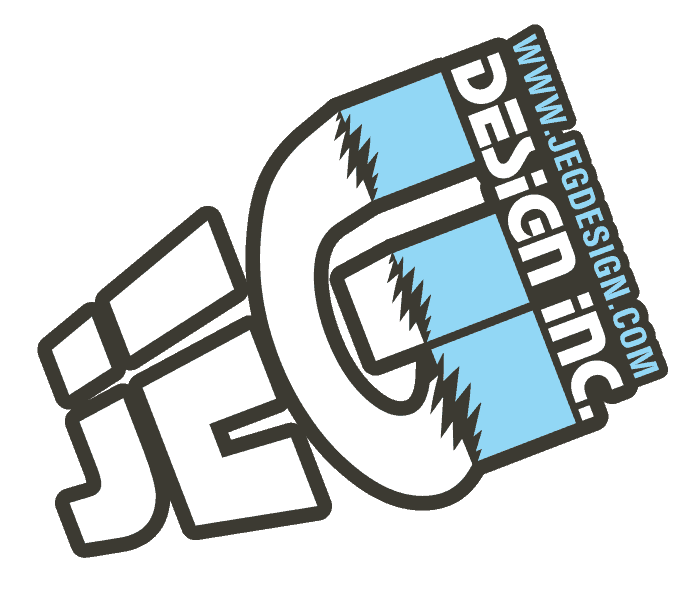You have to have a webpage these days, right? But who has the time? And what do you do with the data it collects? One answer is creating a more, user friendly experience for anyone and everyone who lands there. One way to do that: Creative web page transitions.
Has there ever been a more impatient time in the history of human kind? Seriously, it used to take MONTHS to get from point A to point B. Now, we not only get upset if our flight is delayed by an hour; we freak out if the person behind us is so large we can’t recline!
Now, imagine something on your web page that interrupts the user’s experience. They will bounce so quick off your page they may never come back! And lets face it, some pages, images in particular, take longer to load than others. Explaining that to them though stands as good of a chance as person pleading their case after being caught red-handed cheating on their spouse.
Think of your webpage as a movie or tv show. You know what you never notice? The edits. You never realize how much work goes into one shot into another, into another, and so on.
They’re seamless.
You never walk out of a movie saying, “You know, the story was great, it just took forever for once scene to load into the next…”
We’ve grown accustomed to traditional pull-down menus and navigation bars. You hover over the desired text – which may or may not become highlighted – click and wait.
However, by utilizing tools such as animation and single screen fade transitions; You can give this operation a more organic, holistic, dynamic appeal. The idea being the page itself morphs as opposed to directing the customer away to another page.
An action giving the user an inherently alienating sensation.
The process, and one of the simplest means for achieving this is a by “hiding and revealing” content. By either using a non-refreshing vertical or horizontal mask layers, or through creating shape-change effects utilizing step-by-step transitions.
We can use a change of direction, a dynamic rotation, or a change in positioning to create the perception without inspiring a feeling of leaving and reentering the website.
Most importantly, it’s eye-catching!
Instead of taking the risk of upsetting and/or losing the customer’s attention while dropping one web page and picking up another via a clunky handoff; alternative web page transition effects command the attention of the user by delivering something unexpected.
Setting yourself a part is the name of the game in web design right now an digital design trends like brutalism are sweeping the scene like wildfire.
And lets face it, website guidelines are changing daily.
Advertisers and marketing executives know it’s no longer enough to try to “wow” online customers adhering to the rules of yesteryear.
The fluidity of the world wide web has never been so prevalent.
We get it, your business, and more importantly, your audience/demographic, may not be “cutting edge” and requires a subtler approach.
Simplicity will always have its place.
If your audience may respond to something a little less active than a 360-degree screen rotation or a full-screen “hide and reveal” strategy; then you may be better off opting for something a little less complex. For example, a simple depth of focus effect or a perspective of screen switch within a section of the single main screen.
The impression that your single page, smooth transition experience has on your customers is valuable while they are on your webpage.
However, it’s priceless once they’ve moved on.
Consider the next site your potential client visits once they’ve left yours.
If they are shopping around, there’s a good enough chance it may very well be to your competition’s site!
For one thing, that continuous feeling that you fought to preserve on your own site is lost once they leave it. Better yet, your competitions antiquated site now feels clunkier or “takes forever” to load compared to what they’ve just experienced.
The sense of comfort and ease they enjoyed while navigating your site instantly gives you the advantage.
Don’t make the mistake of being on the wrong side of this trend.
No one website design trend is the right one to increase every business’s website traffic or user viewing time.
However, the employment of modern, trendy web design innovations like alternative web page transitions may be the exact thing your website needs to convert a visitor to a customer!



